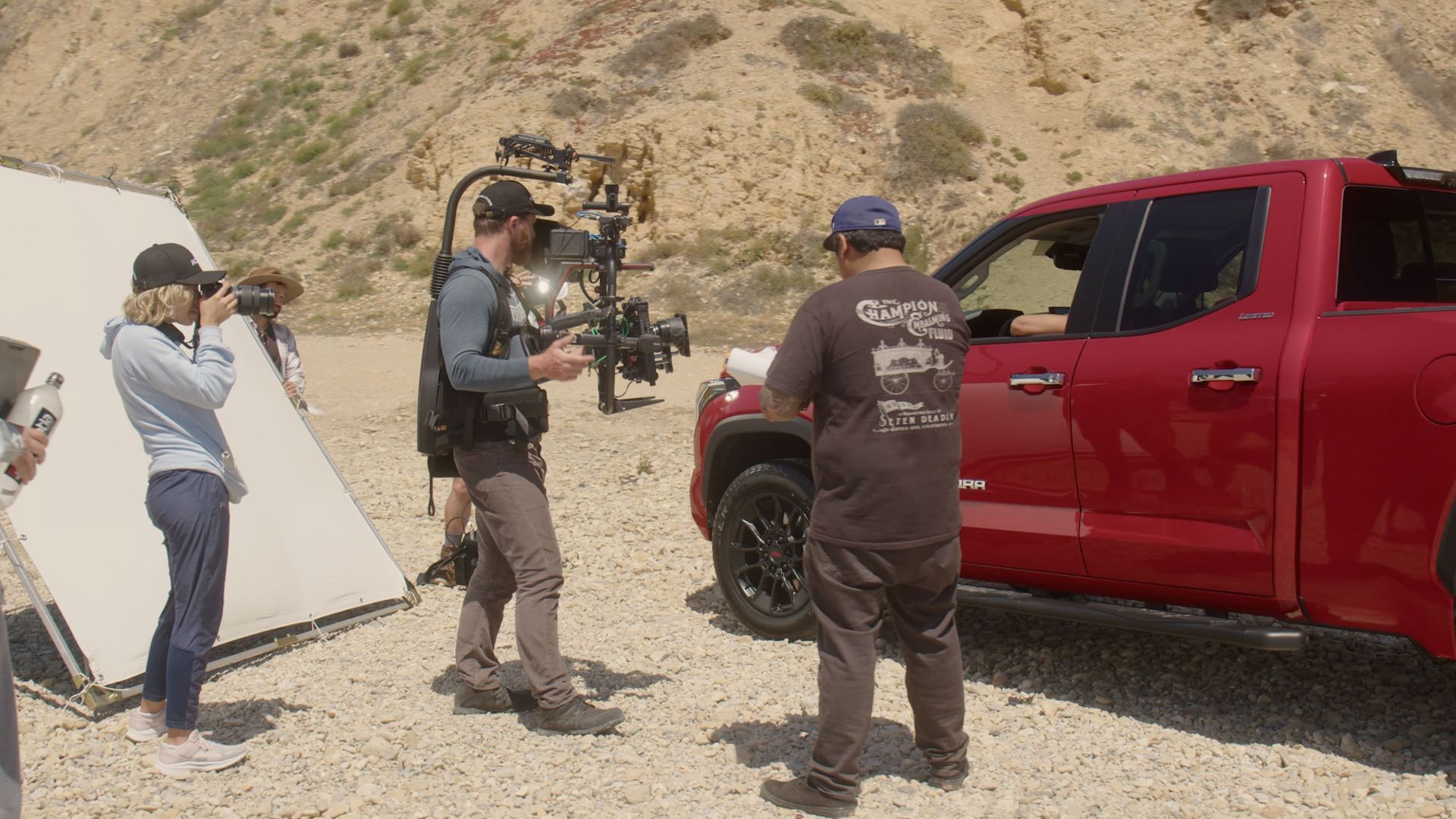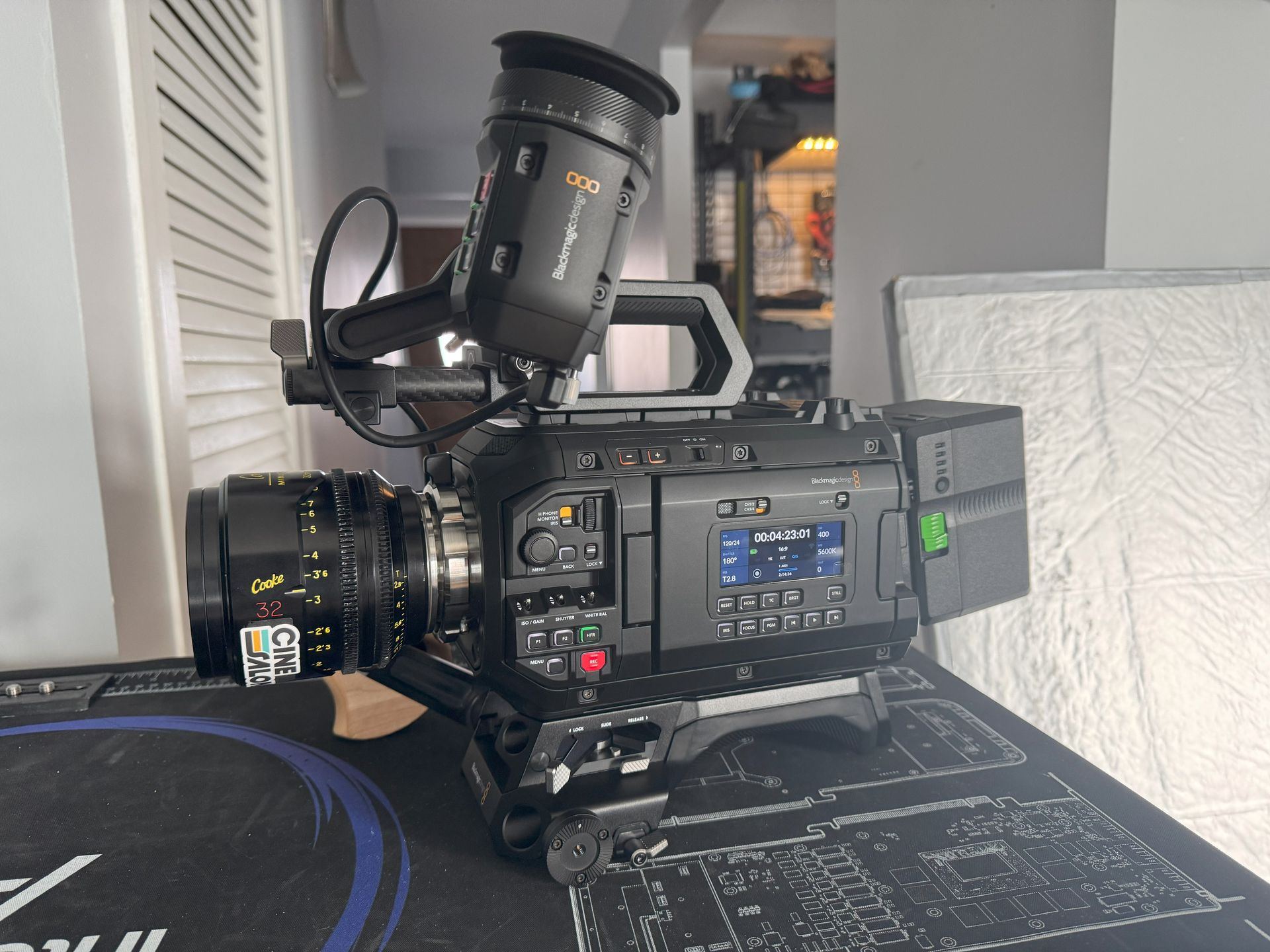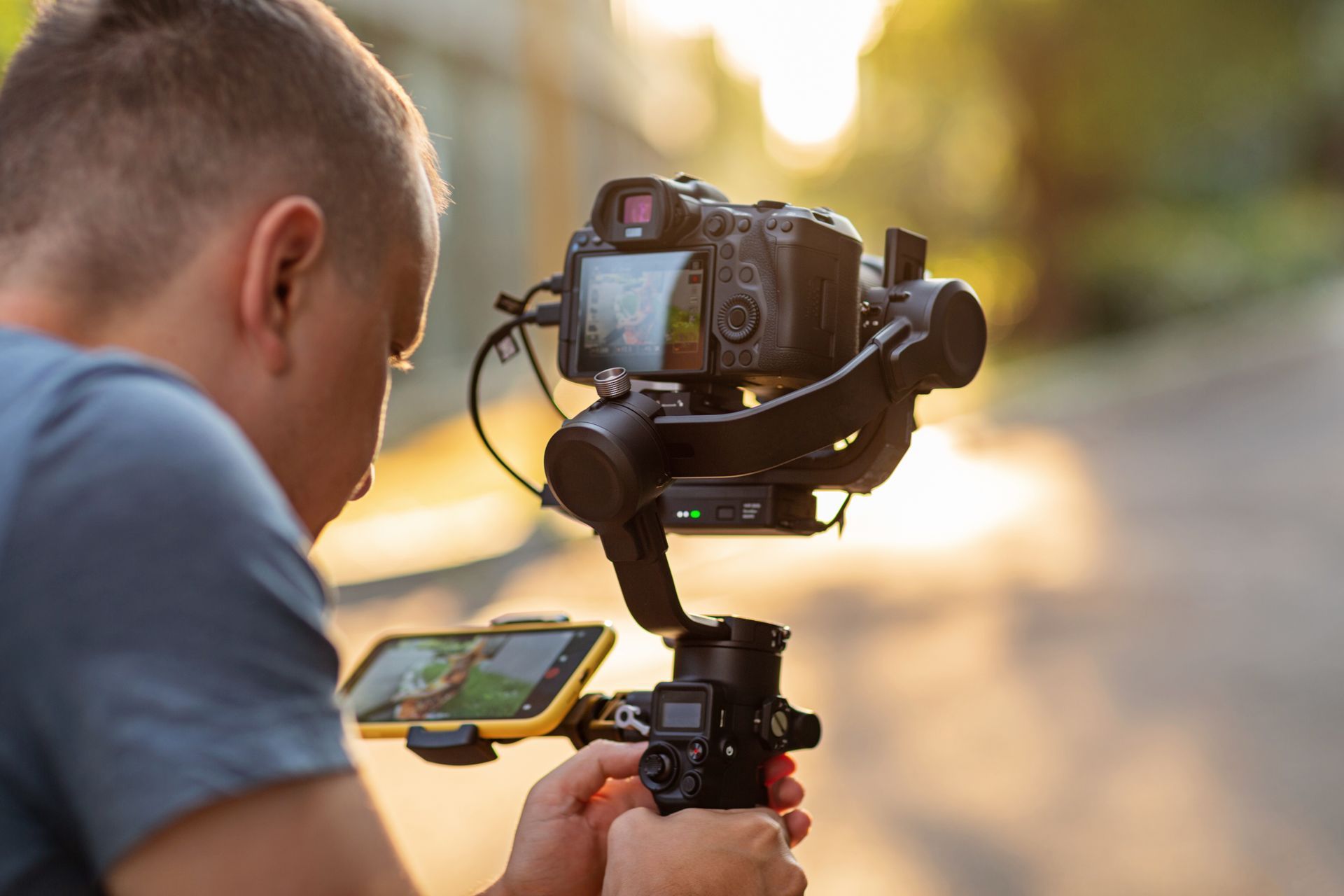How to Add Voice-Over to Your Video: A Step-by-Step Guide
In video production, a "voice-over" is an indispensable audio technique wherein a person's voice is recorded to complement and enrich a video, irrespective of the speaker's absence from the visual frame. This method significantly broadens the horizons for content creators, bestowing depth, precision, and audience engagement upon videos, thereby metamorphosing them into compelling narratives. This exhaustive guide is poised to delve into the nuances of integrating voice-overs into your video endeavors, shedding light on the opportune moments and reasons compelling you to leverage this technique for enhancing the quality of your video content.
Defining Voice Overs
At its core, a voice-over serves as an off-screen narration that complements the visuals in your video. It acts as a guiding voice, offering commentary, explanations, or storytelling elements to enhance the viewer's experience. The unifying thread ties your video together, making it more engaging and informative.
When and Why to Use Voice Overs
Now that we've defined what a voice-over is let's delve into when and why you should leverage this powerful technique in your video production:
Providing Context
Sometimes, your video footage alone must convey the full story or message. This is where voiceovers shine. They provide context, background information, and insights that enrich the viewer's understanding.
Imagine, for example, a historical documentary. While visuals of ancient ruins are captivating, voice-over narration can bridge the gap by explaining the historical significance, architectural details, and cultural context, turning a series of images into an immersive historical journey.
Explaining Complex Topics
Video content often grapples with intricate or abstract subjects that can be challenging to convey visually. In such cases, voiceovers are invaluable. They can simplify and clarify complex ideas, making them accessible and engaging for your audience.
Consider a tutorial on advanced mathematics. While equations and diagrams are essential, a well-crafted voice-over can break down complex mathematical concepts, offering real-world examples and analogies that demystify the subject matter for viewers.
Voice Branding
In the marketing world, successful brands often have distinct voices that become instantly recognizable to their audience. Using voiceovers can help establish and reinforce your brand's identity. Whether it's the warm and friendly voice of a trusted advisor or the authoritative tone of a thought leader, your brand's voice can set you apart from the competition.
Accessibility
In an era of inclusivity, voiceovers play a vital role in making your content accessible to a broader audience, including those with visual impairments. This inclusive approach aligns with ethical considerations and extends your reach and impact.
A Step-by-Step Tutorial
Step 1: Start with a Script
A well-crafted script is the backbone of a successful voice-over in your video. A hand functions as the foundational roadmap and guiding beacon, guaranteeing your message's effective and engaging conveyance. Let us now embark on a more profound exploration of the significance of a well-crafted script and the strategies for its creation, with a specific focus on resonating with your intended audience.
The Importance of a Well-Written Script
Think of your script as the foundation of your voice-over. With it, your narration may meander, leaving your viewers interested and interested. A hand offers structure, clarity, and a cohesive narrative that transforms your video from a collection of visuals into a compelling story.
Here are some key reasons why a well-written script is indispensable:
• Clarity and Focus: A script provides a clear roadmap for your voice-over. It helps you stay on the message and ensures your narrative flows logically. This clarity is essential for conveying your message effectively.
• Engaging Content: Crafting a script with engagement in mind is essential. Use a conversational tone that connects with your audience. Pose questions, tell stories, and create a sense of dialogue, even if it's a monologue. Engaged viewers are more likely to absorb your message.
• Structure and Organization: Organize your script logically. Start with a captivating hook to grab your audience's attention, followed by a well-defined introduction, body, and conclusion. For complex topics, consider using headings or bullet points to aid comprehension.
• Polish and Practice: Read your script aloud multiple times to ensure it flows smoothly. Practice your delivery, focusing on pacing, tone, and the overall impact of your words. Make revisions as needed to enhance the script's effectiveness.
Step 2: Record Your Voice Over
Now that you have a polished script, it's time to breathe life into your voiceover. Recording a professional-sounding voiceover requires the right equipment, a quiet environment, and attention to detail. Let's explore the steps involved in recording a top-notch voiceover.
Recording Equipment and Software
Invest in a USB Microphone: To achieve high-quality voiceovers, consider investing in a USB microphone. These microphones offer superior audio quality compared to built-in computer microphones. Popular choices include the Blue Yeti and Audio-Technica AT2020USB+.
Select the Right Software
Choose video editing software that supports voice-over recording. Options like Adobe Premiere Pro, Final Cut Pro, or the free software Audacity are commonly used.
Recording Tips
Find a Quiet Space: Select a quiet recording environment to minimize background noise: close windows, doors, and other potential sources of disruptions. The goal is to create a noise-free recording zone.
Use a Pop Filter
A pop filter, a screen placed before the microphone, reduces popping sounds caused by plosive consonants like "p" and "b." This accessory improves audio quality by preventing harsh bursts of air from reaching the microphone.
Clear and Steady Speech
Enunciate your words clearly and maintain a steady pace while speaking. Take your time with your script. Taking time ensures your audience can understand and engage with your content.
Consistent Volume
Maintain a constant volume throughout your recording. Sudden volume spikes or drops can be distracting for listeners. Consistency in the book ensures a smooth and professional-sounding voice-over.
Practice and Refine
Remember, perfection often comes with practice. Be encouraged if your initial recordings are flawless. Experiment, listen to your recordings, and adjust to fine-tune your delivery.
Step 3: Edit and Sync the Voice Over
Now that you have your finely crafted script and a top-notch voice recording, it's time to integrate the voice-over into your video seamlessly. This step involves editing and syncing the voice-over with your visuals. Let's explore the process of bringing your voice-over and video together for a polished final product.
Importing the voice-over
The first crucial step is to import your voiceover into your video editing software.
Open Your Video Editing Software
Initiate your preferred video editing software, Adobe Premiere Pro, Final Cut Pro, or an alternative solution. Proceed to establish a new project or access an existing one where you intend to incorporate the voiceover.
Import the Audio
Locate the option to import audio or media files. This is where you'll import your voice over recording. Browse your files, select the voiceover, and import it into yo
Drag and Drop
Most video editing software lets you pick and drop the audio file onto the timeline. Position it at the appropriate point in your video where you want the voice-over to begin.
Syncing the Voice-Over with Video
Once the voice-over is imported, the next step is syncing it with your video. This ensures that the narration matches the visuals seamlessly. Follow these steps for synchronization:
• Align the Audio: Make sure the voice-over audio starts at the right time in your video. You can zoom in on the timeline to make precise adjustments.
• Adjust Sound Levels: Ensure the audio of your voice aligns with the volume of the video's existing audio. Most video editing software offers audio-level controls that enable you to fine-tune the prominence of the voice-over, allowing for a harmonious blend with the overall audio track.
• Fine-Tune Timing: Pay attention to the timing of the voice-over about the visuals. Adjust as needed to ensure the narration flows naturally with the video content. This may involve trimming or extending the audio track.
• Transitions and Effects: Incorporate transitions or effects to bridge the transition between the voice-over and the video seamlessly. One effective method is to apply a fade-in or fade-out effect, facilitating a fluid and cohesive integration between the two elements.
• Preview and Revise: Always preview your video to ensure the voice-over perfectly aligns with the visuals. Make any necessary revisions until you achieve the desired synchronization and overall impact.
• Save Your Project: Remember to save your project regularly to prevent data loss while working through the editing and syncing process. You're ready to move forward once you're satisfied with your voice-over and video alignment.
Step 4: Add Music and Sound Effects
As your video project nears completion, adding background music and sound effects can be a game-changer. The sounds in your video are more than just decorations. They are the foundation of emotion, making the viewer's experience better.
The Significance of Music and Sound Effects
Imagine watching a movie without the music or a suspenseful scene without the sound effects. It would be much less intense. In a similar vein, background music and sound effects play a pivotal role in the world of video production. Here's why they are indispensable:
• Emotional Resonance: Music has the power to make someone feel something. The right music improves the emotional connection between your content and your audience. It can be a gentle piano melody for a heartwarming story or an energetic beat for an instructional video.
• Engagement Amplification: Sound effects and music maintain viewer engagement throughout your video. They introduce layers of auditory complexity that captivate the senses and prevent monotony. The result? Viewers are more likely to stay engaged from start to finish.
• Visual Reinforcement: Sound effects complement your visuals by emphasizing key moments or transitions. A good result in the right spot can highlight important details or smoothly change scenes to help the viewer understand.
• Professionalism and Quality: Adding music and timed sound effects shows professionalism and attention to detail. They elevate the overall quality of your content and set a high standard for viewer expectations.
Selecting the Perfect Music and Sound Effects
To improve your voiceover, follow these tips for selecting background music and sound effects.
Match the Mood
Consider the emotional tone and mood you wish to convey in your video. Is it meant to be inspirational, educational, or light-hearted? Your choice of music and sound effects should align with the intended mood.
Copyright Considerations
Ensure you have the rights and permission to use your video's chosen music and sound effects. Many royalty-free music libraries are available online, offering various tracks without legal complications.
Volume Control
The volume of your background music should be balanced to avoid overpowering your voiceover. Try to balance your narration with the music so it's clear and audible.
Precision with Sound Effects
When incorporating sound effects, be precise in their placement. They should enhance the viewer's understanding or engagement at specific moments. Overuse can become distracting, so employ them thoughtfully.
Test and Refine
Before sharing your video, watch it with the music and sound effects. This way, you can be sure they improve the viewer's experience, just like you wanted. Make any necessary adjustments to achieve the desired emotional impact and engagement level.
Step 5: Finalize Your Video
In the last phase of your video project, you will add important finishing touches to make it polished and professional.
Title Screens and End Credit
Commence your video with an attention-capturing title screen that establishes the tone for the forthcoming content. Additionally, it is imperative to include end credits in your video to acknowledge and recognize the contributors and resources utilized in its creation. These credits should realize your team's contributions and include contact information or links for viewers to learn more.
Subtitles
If your video content is educational or you want it to reach a global audience, think about adding subtitles. Subtitles enhance comprehension and extend your video's reach.
The Importance of Polishing
Remember to consider the significance of a polished final product. The quality of a well-edited video can greatly impact how viewers understand your message. It reflects professionalism and dedication to delivering value.
Conclusion
Throughout this guide, we have delved into the process of integrating a voice-over into your video, enhancing its appeal and impact. These steps elevate the overall interest and professionalism of your video content. By assimilating this knowledge, you have acquired the proficiency to craft engaging videos that resonate with your viewers. With these newfound skills, we urge you to embark on your creative endeavors. Experiment with voice actors, styles, and techniques to determine what suits your video projects best. Adding a voice-over effectively conveys your message and establishes a deeper connection with your audience, thus imprinting your content into their memory.

Get total clarity on your video marketing and paid media with our FREE comprehensive data audit.
CINESALON NEWS
POPULAR POSTS
Like what you read?
Interested in having video do more for you? Give us a shout on the form or book a call.
We make your complex ideas simple to everyone else.
Do video marketing
better.
Hire the experts at CineSalon.
Quick Nav
Company
Locations
Case Studies
Services
All Rights Reserved | CineSalon







